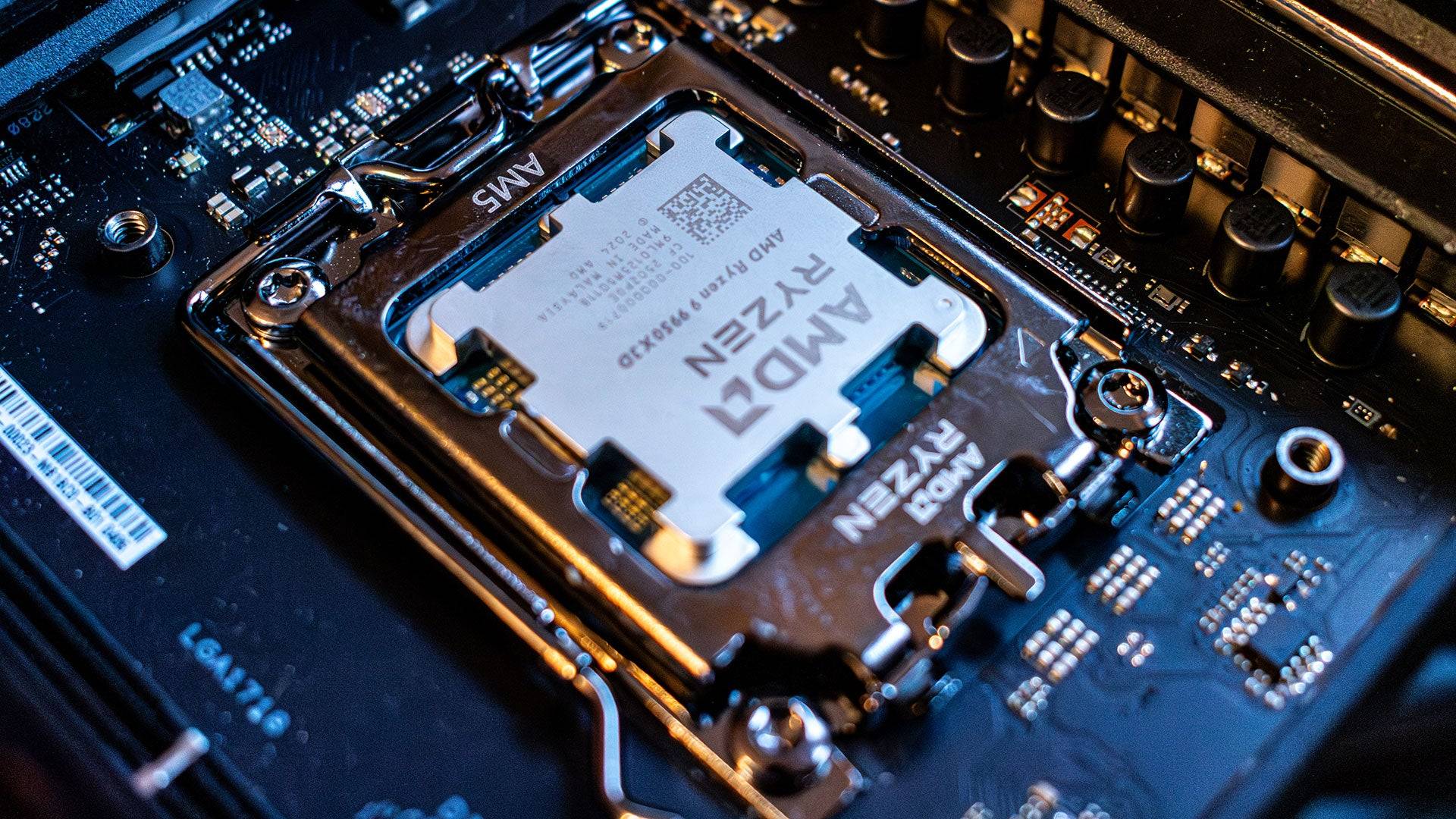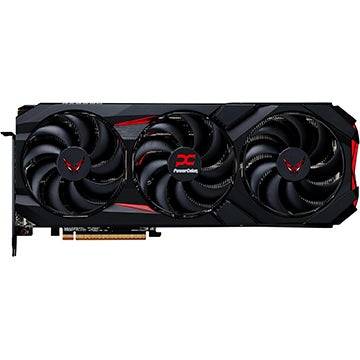The launch of the AMD Radeon RX 9070 arrives at a peculiar juncture in the graphics card market, right on the heels of Nvidia’s latest generation. Priced at $549, the Radeon RX 9070 directly competes with the underwhelming GeForce RTX 5070, and AMD is poised to win this battle effortlessly. This makes the Radeon RX 9070 a standout choice for gamers seeking top performance at 1440p.
However, the decision isn't as straightforward as it seems, and AMD has only itself to blame. The Radeon RX 9070 is merely $50 cheaper than the superior Radeon RX 9070 XT. While the price difference aligns mathematically—the RX 9070 being about 8% slower and 9% cheaper than the XT—the value proposition leans heavily towards spending the extra $50 for enhanced performance. Despite this, AMD's position remains strong when choosing between their own graphics cards.
Purchasing Guide
----------------The AMD Radeon RX 9070 hits the market on March 6, with a starting price of $549. However, expect to see higher-priced models. For the best value, aim to purchase the 9070 as close to the starting price as possible, considering its close pricing to the Radeon RX 9070 XT.
AMD Radeon RX 9070 – Photos

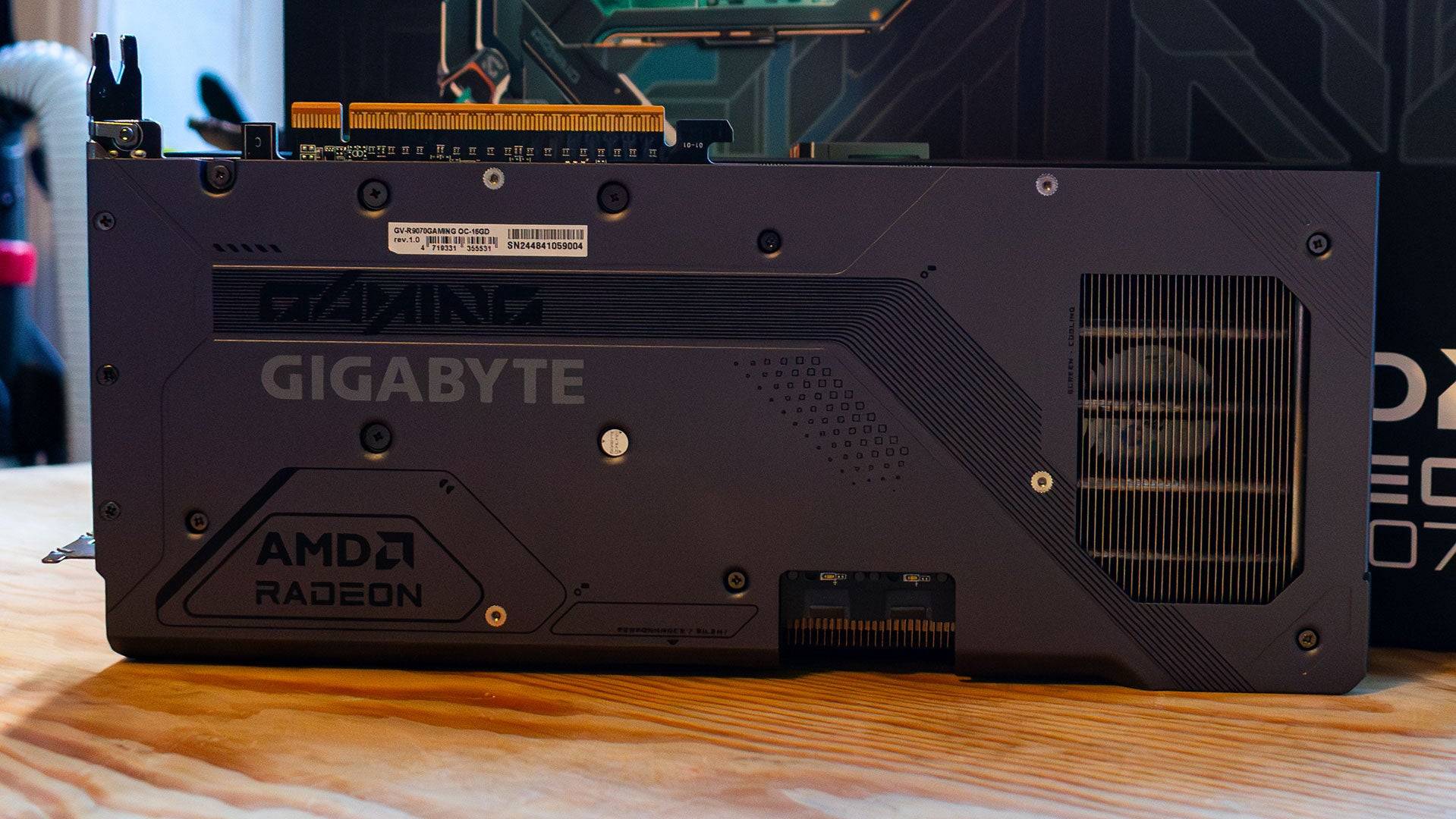 4 Images
4 Images

Specs and Features
------------------Built on the innovative RDNA 4 architecture, the AMD Radeon RX 9070 mirrors the RX 9070 XT in design, delivering substantial performance enhancements. Despite having 30% fewer compute units than its predecessor, the Radeon RX 7900 GRE, the RX 9070 significantly outpaces it. The card features 56 Compute Units, each equipped with 64 Streaming Multiprocessors, totaling 3,584 shaders. Additionally, it includes 56 Ray Accelerators and 112 AI Accelerators, which bolster its performance in ray tracing and introduce AMD's FidelityFX Super Resolution (FSR) 4, marking the debut of AI upscaling on AMD GPUs.
Like the 9070 XT, the RX 9070 comes with 16GB of GDDR6 VRAM on a 256-bit bus, offering robust memory for sustained 1440p gaming. Though not adopting GDDR7 as Nvidia did, this choice helps maintain a competitive price point. AMD recommends a 550W power supply for the RX 9070, which has a 220W power budget, though my tests showed peak consumption at 249W, suggesting a 600W PSU for safety.
Notably, AMD won't release a reference design for the RX 9070, leaving production to third-party board partners. I reviewed the Gigabyte Radeon RX 9070 Gaming OC 16G, a triple-slot card with a slight factory overclock.

FSR4
----Since the rise of DLSS in 2018, AI upscaling has been pivotal for enhancing performance while preserving image quality, a feature previously exclusive to Nvidia GPUs. FSR 4 changes this landscape by bringing AI upscaling to AMD cards, utilizing previous frames and in-game data to upscale images to native resolution more effectively than the temporal upscaling of FSR 3.
The trade-off with FSR 4 is a minor performance hit compared to FSR 3. For instance, in Call of Duty: Black Ops 6 at 1440p on the Extreme preset, FSR 3 delivered 165 fps, while FSR 4 slightly reduced it to 159 fps. Similarly, in Monster Hunter Wilds at 4K with max settings and ray tracing, FSR 3 achieved 81 fps, dropping to 76 fps with FSR 4.
The Adrenalin software offers a toggle between FSR 3 and FSR 4, allowing users to choose based on their preference for image quality or performance. For single-player gamers, FSR 4's enhanced visuals are a clear choice, while FSR 3 might be preferred for fast-paced multiplayer titles.
AMD Radeon RX 9070 XT & 9070 – Benchmarks
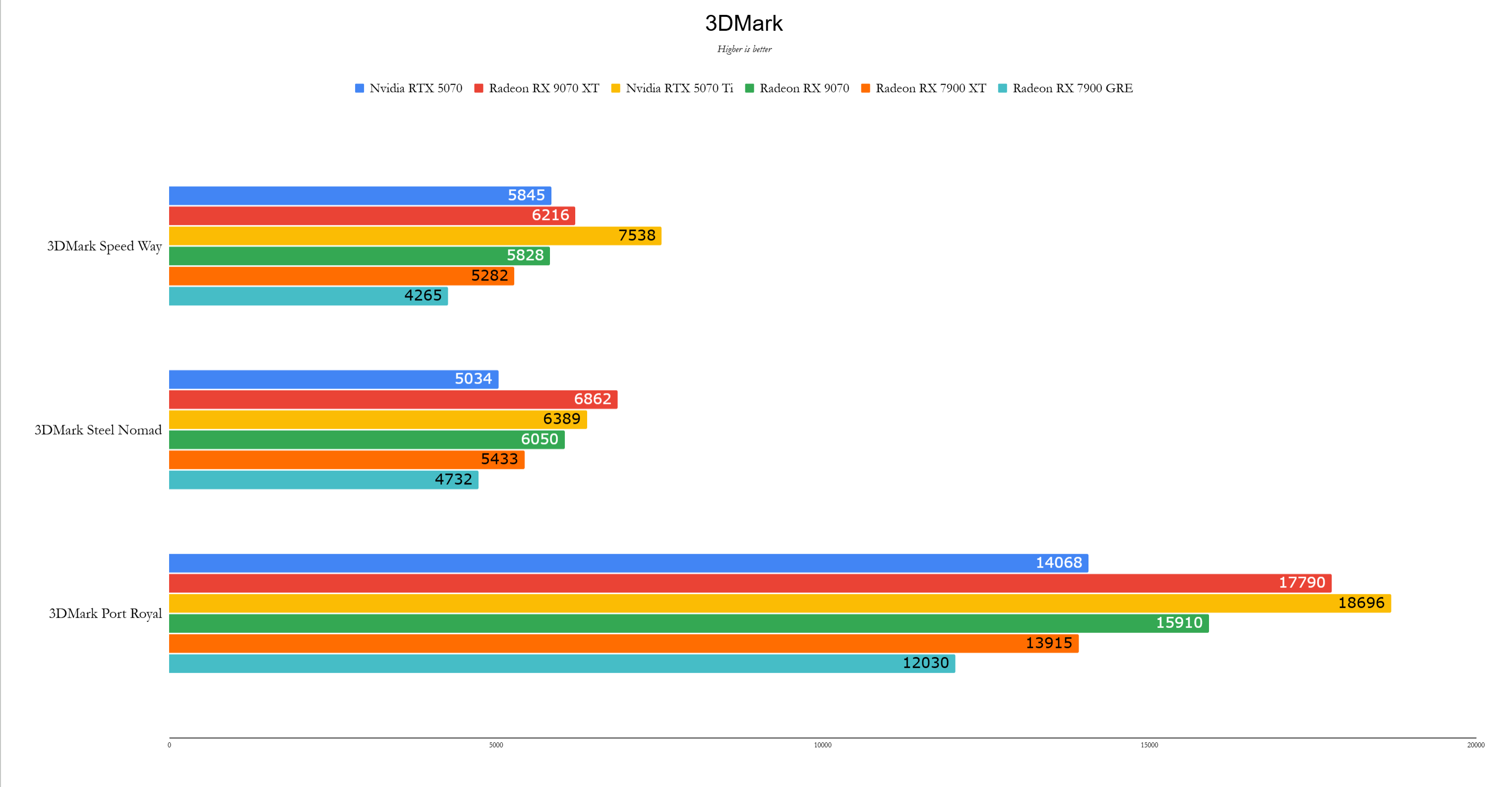
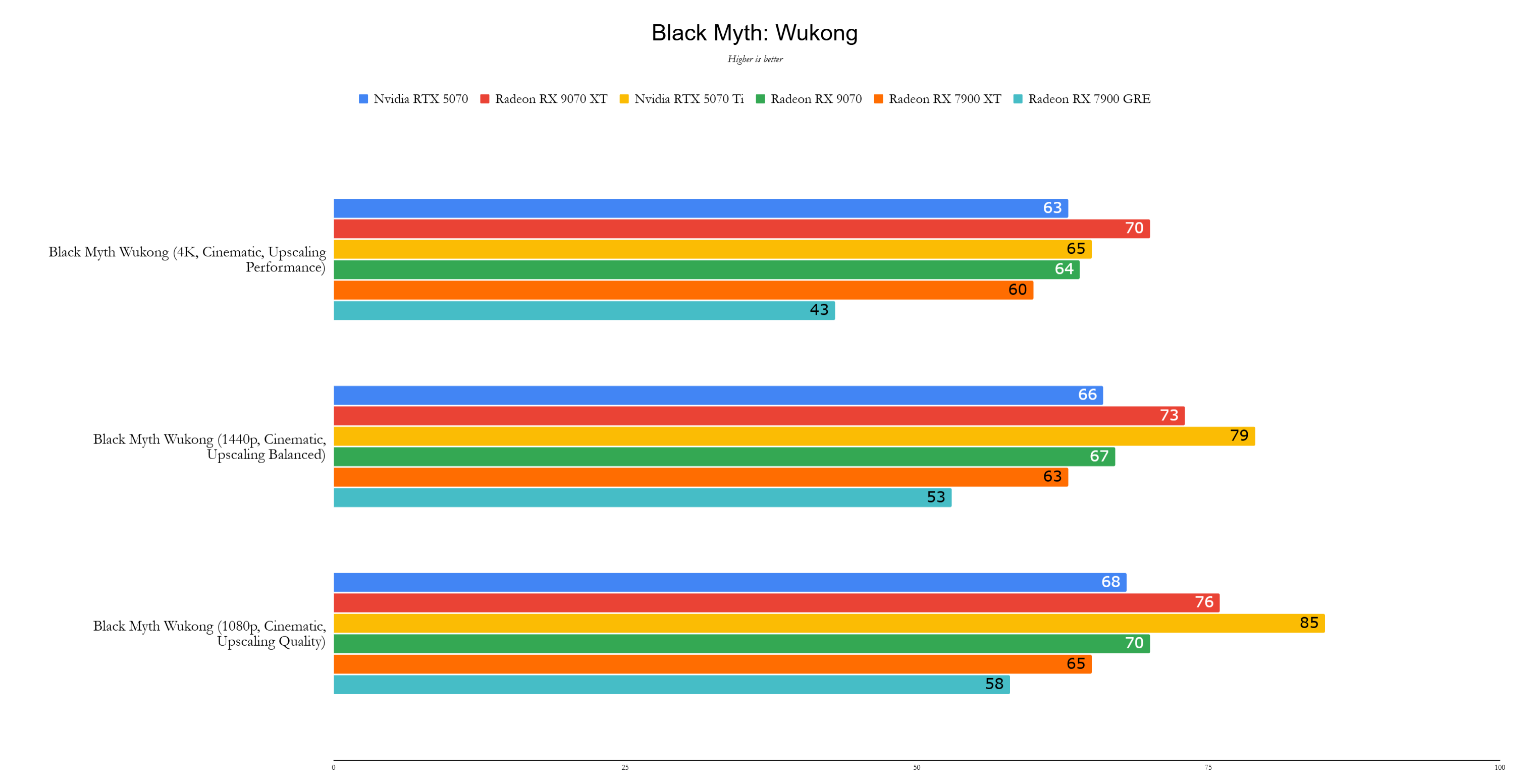 11 Images
11 Images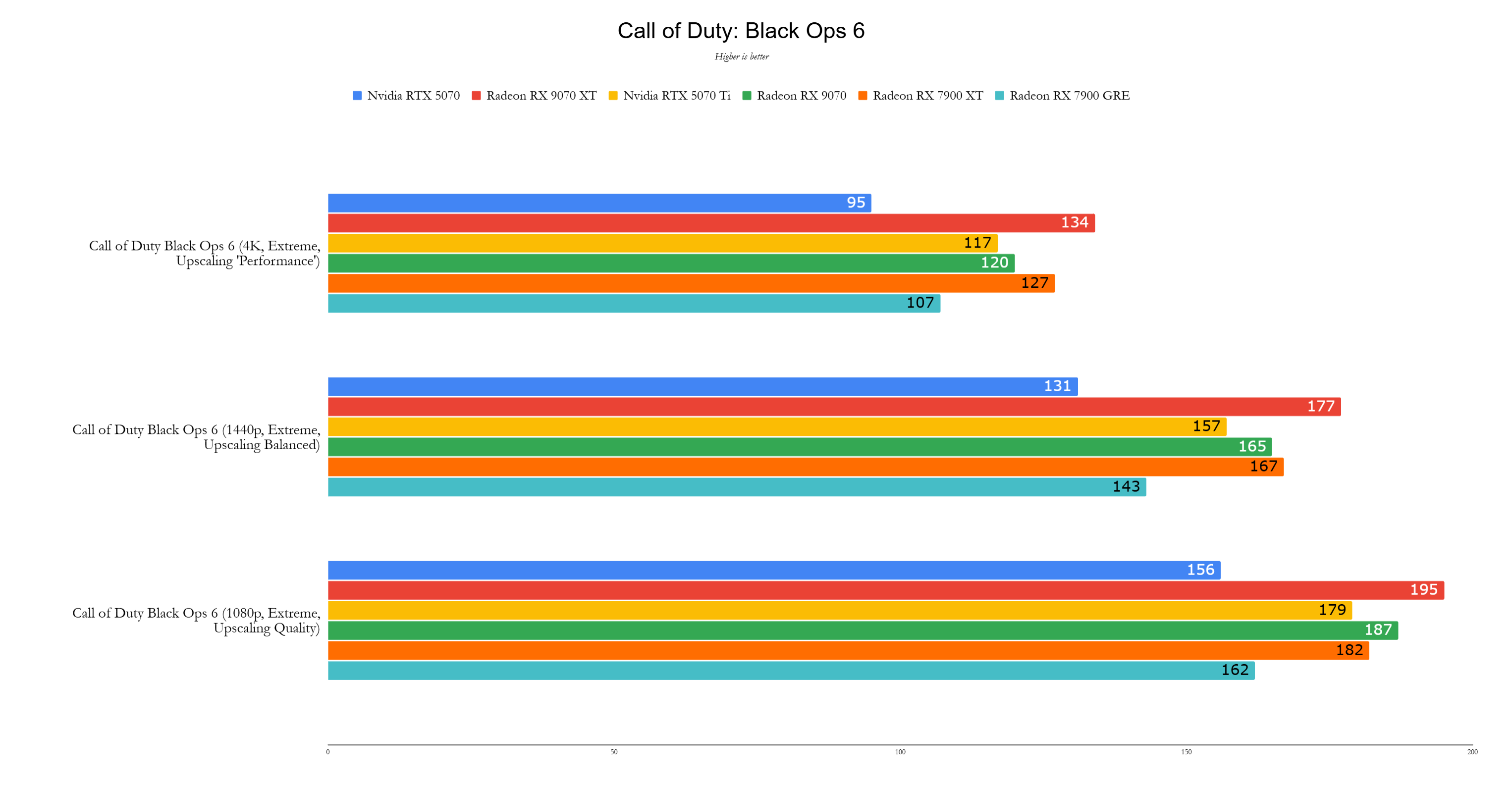
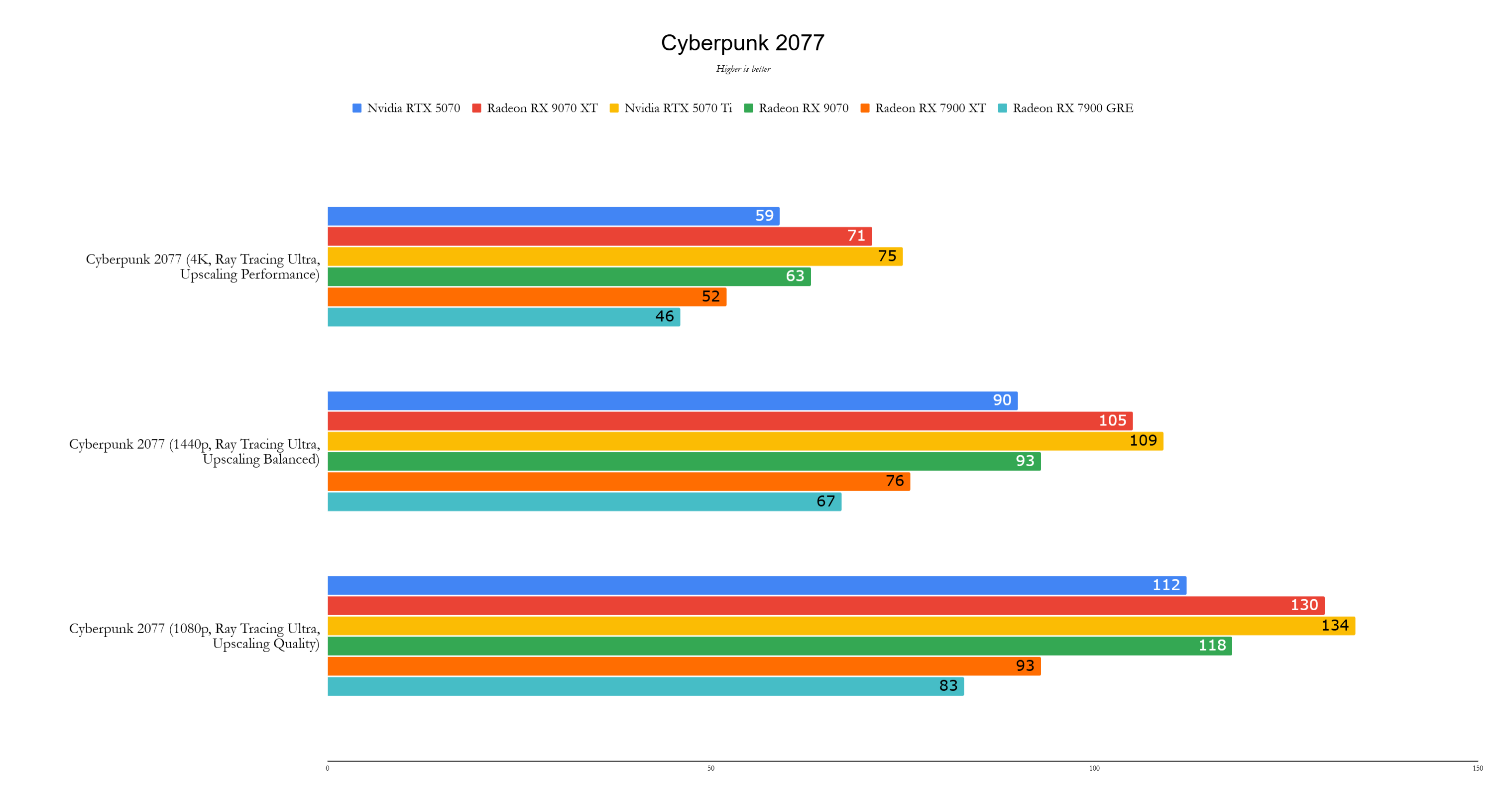

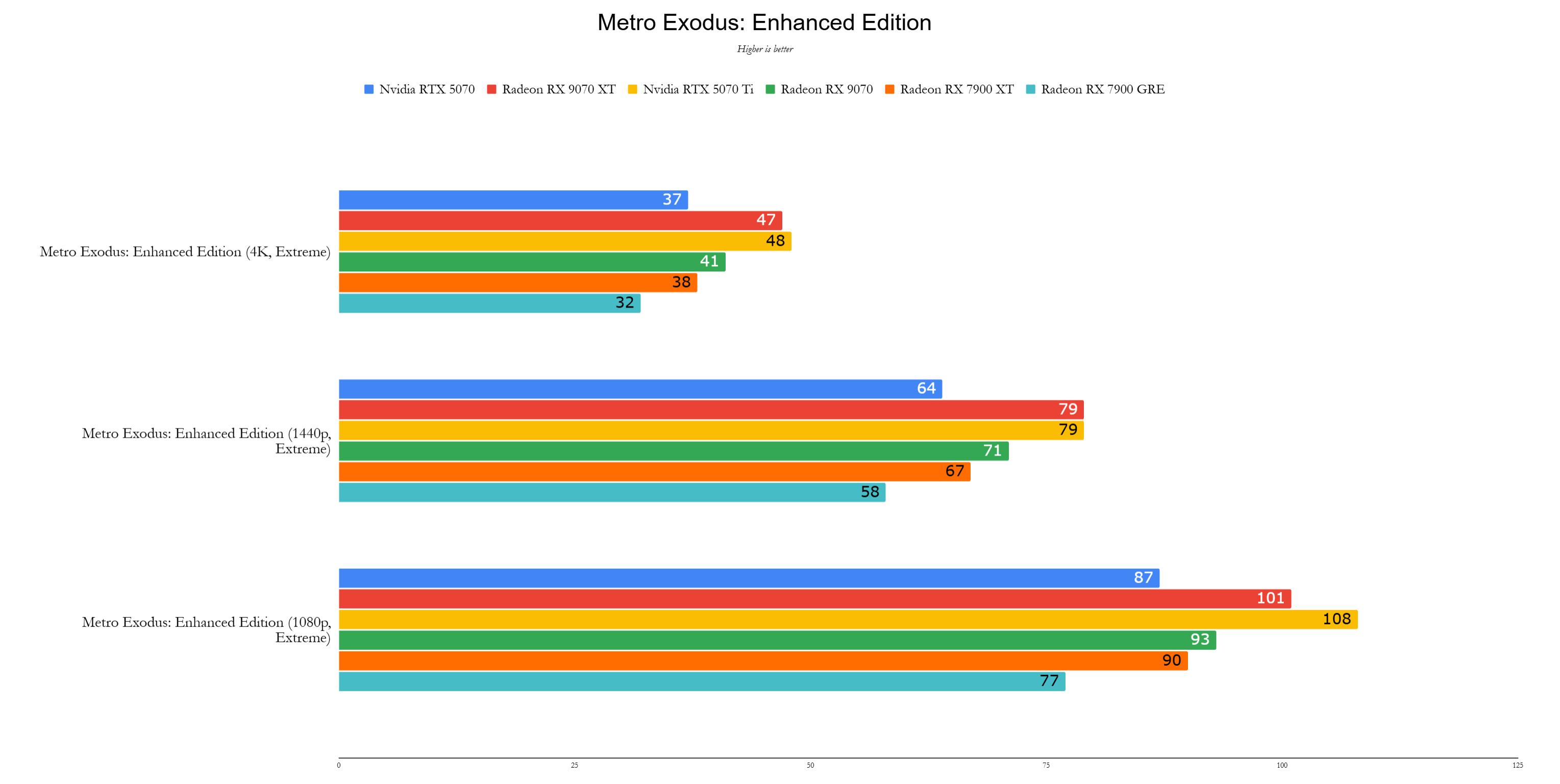
Performance
-----------Priced at $549, the AMD Radeon RX 9070 directly challenges the Nvidia GeForce RTX 5070 and consistently outperforms it. At 1440p, the RX 9070 is on average 12% faster than the RTX 5070 and boasts a 22% lead over the RX 7900 GRE, despite having 30% fewer cores. It's worth noting that I tested a factory overclocked version from Gigabyte, with a reported boost clock of 2,700MHz, suggesting a potential 4-5% performance increase over the base model.
All tests were conducted with the latest public drivers available at the time: Nvidia cards on Game Ready driver 572.60, AMD cards on Adrenalin 24.12.1, and review drivers for the RX 9070, 9070 XT, and RTX 5070.
In 3DMark, the RX 9070 holds its own, particularly in non-ray tracing tests. In Speed Way with ray tracing enabled, it scores 5,828 points compared to the RTX 5070's 5,845, but in Steel Nomad without ray tracing, it achieves a 20% higher score of 6,050 against the RTX 5070's 5,034.
Test System:
- CPU: AMD Ryzen 7 9800X3D
- Motherboard: Asus ROG Crosshair X870E Hero
- RAM: 32GB G.Skill Trident Z5 Neo @ 6,000MHz
- SSD: 4TB Samsung 990 Pro
- CPU Cooler: Asus ROG Ryujin III 360
In games like Call of Duty: Black Ops 6, the RX 9070 shines, achieving 165 fps at 1440p with FSR 3 on Balanced, outpacing the RTX 5070 by 26%. Even in Cyberpunk 2077, traditionally favoring Nvidia, the RX 9070 outperforms the RTX 5070 by 3% at 1440p with Ray Tracing Ultra.
In Metro Exodus without upscaling, the RX 9070 averages 71 fps, an 11% lead over the RTX 5070's 64 fps. Red Dead Redemption 2 sees the RX 9070 achieving a 23% higher frame rate of 142 fps compared to the RTX 5070's 115 fps. Total War: Warhammer 3 shows a close race at 1440p, while Assassin's Creed Mirage highlights a 18% performance advantage for the RX 9070.
Black Myth Wukong and Forza Horizon 5 further demonstrate the RX 9070's competitive edge, with the latter achieving a 12% and 25% higher frame rate compared to the RTX 5070 and RX 7900 GRE, respectively.
Launching shortly after the GeForce RTX 5070, the Radeon RX 9070's superior performance at the same $549 price point is a testament to AMD's prowess. Moreover, with 16GB of VRAM, the RX 9070 is better equipped for future-proofing than the RTX 5070 with its GDDR7 memory. The combination of performance and value makes the Radeon RX 9070 an undeniable choice for gamers seeking the best bang for their buck.

